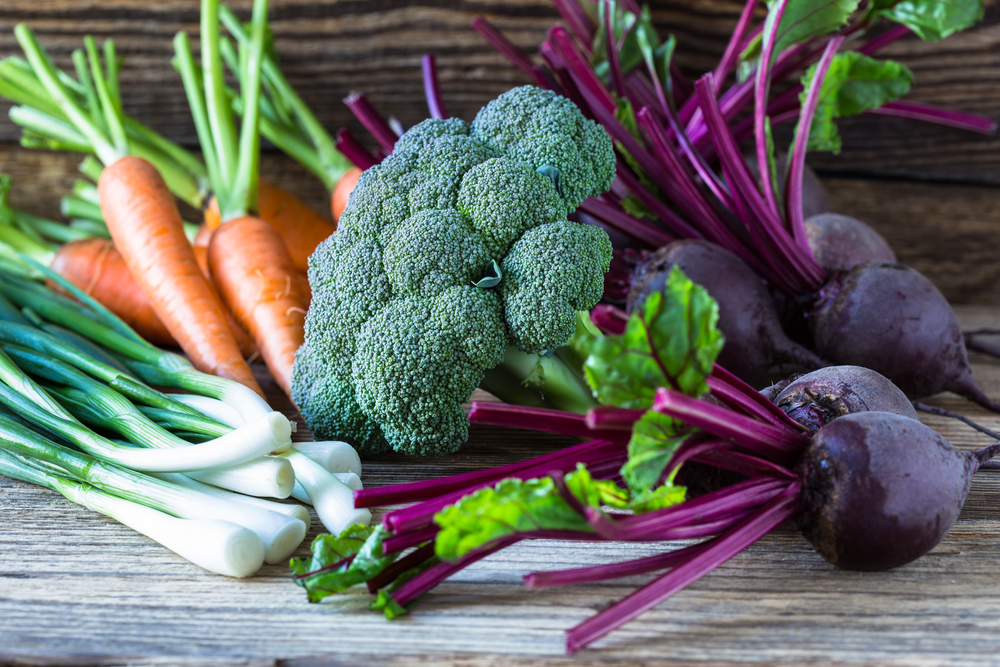I’m getting my vegetable garden ready for fall now. I just pulled up the last of the squash. Most of my tomatoes are now long tired looking vines with only a few blooms at the tips—and they won’t have time to set fruit and ripen by the first frost. I pulled them up.
I’ve pulled out the cucumbers and the green beans, too. The peppers are long gone—victims of all the rain we got earlier this summer. It’s a bit sad pulling up what was a beautiful productive summer garden—until I remember all the veggies I get to grow now.
Seeds for sweet and snap peas can go in now and so can all those wonderful leafy greens like lettuce, spinach, arugula, kale, mustard, collards and Swiss chard.
Cabbage family members can go in now—broccoli, Brussels sprouts, cabbage, and cauliflower as can those tasty root crops—beets, radishes, turnips, carrots, parsnips.
So that takes care of one raised garden bed. The other bed I’m going to “tuck” in for a winter’s nap. I’m going to cover it in a blanket of about four inches of different kinds of compost and let it sit all winter.
Every time it rains, it’ll leech some of those nutrients further down into the soil. In the spring, I just lightly turn it over and plant.
Remember, when using compost, a mixture of two parts of a plant-based compost (like a leaf or mushroom compost) to one part animal based compost (like composted cow manure) is best. Animal-based composts are very high in nitrogen and too much nitrogen can affect how many flowers your plants produce. I usually add a bag of green sand or dehydrated kelp meal to add micro-nutrients.
Every year or two, instead of compost, I’ll plant a fall “cover crop” like a blend of peas and oats or red clover. Turn them into the soil after the first hard frost to add fresh “green” manure into the soil. Cover crops like buckwheat and crimson clover also provide fall food for bees.
Remember, over the fall and winter, check your garden to be sure that the beds stay free of weeds, fallen leaves and other debris which can give insects a place to lay eggs and harbor mold spores or other diseases.

